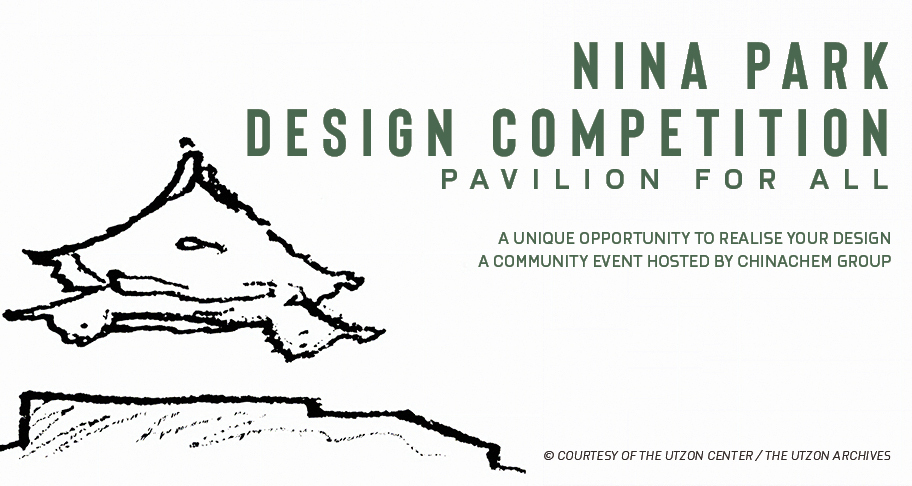全亞洲現存擁有最大規模木化石藏品的城市公園
於2023年底開幕,如心園是香港獨一無二的新景點,園區及設施佔地約7萬平方英呎 。園内展示一系列彌足珍貴的木化石藏品,為本地市民和海外遊客展開一趟跨越數百萬年的溯古旅程。
訪客能夠觸摸和欣賞這些珍品,已是難能可貴;園區設計更是別出心裁,融入很多教育元素和互動設施,致力把如心園打造成為一個「娛+學」地標。訪客在遊走公園的同時,可了解石化過程、水份和火山灰的影響,以及百萬年的時間洗禮。
讓我們先睹為快,探索這個香港首個及唯一木化石公園的特色。

獨一無二 跨越百萬年故事 — 如心園
荃灣如心園,位處Nina Hub的中心,是適合一家大細同遊、男女老幼皆宜的目的地。大家可聚首於這清新一隅,舒展身心,寓學習於娛樂。如心園是全亞洲現存擁有最大規模木化石藏品的城市公園,亦香港首個及唯一的木化石公園。郁葱的空間,佈滿展品和設施,供大眾欣賞享用。訪客亦可於園內各處休憩,享受學習的樂趣,締造珍貴回憶。

為何展示木化石? 為何落戶香港?
華懋集團全體員工超過3,000名。由於總部設於荃灣,所以特別關注所在荃灣社區。在籌劃分享已故集團主席龔如心女士所珍藏的木化石瑰寶,決定選址荃灣,建立一個位於城市核心的木化石公園,顯示我們對「地方營造」的決心。
這裡可讓家庭共聚天倫;讓長者舒展身心;讓遊客深度旅遊;讓年輕人愉快學習;並讓所有人共享多元和歡樂。如心園是香港另一個不容錯過的景點

第一屆 如心園設計比賽
雅園奇石伯樂亭
如心園設計比賽已完滿結束。
感謝一眾具創意的年輕人才參與比賽,攜手塑造未來的理想之都。
是次比賽鼓勵設計師重新思考傳統帳蓬的功能,透過前衞思維,探索社區與環境的需要,提出具「地方營造」效果的設計方案。
得獎者將有機會實現他們的創意空間設計,為一個設有座位的露天劇場建設天幕。








